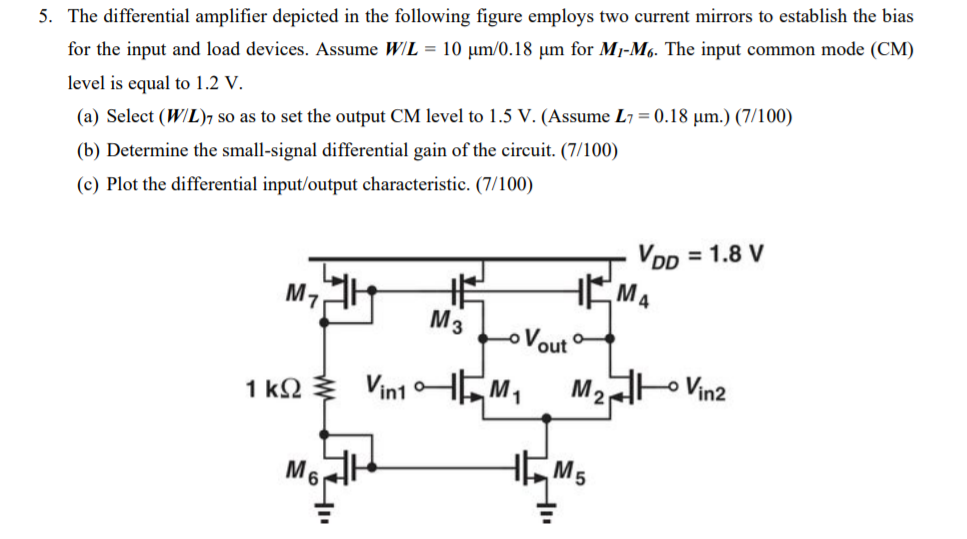

Thanks to a resistor in parallel of the capacitor, the circuit behaves like an inverting amplifier with a low frequency, and saturation is avoided. The amplifier is then like a normal open-loop amplifier that has very high open-loop gain, and the amplifier is saturated. Indeed, if the input signal is a very low frequency sine wave, the capacitor acts like an open circuit and blocks feedback voltage.

With an Operation Amplifier, a capacitor on the inverting feedback path, and a resistor on the input inverting pin as shown below, the input signal is integrated.īe aware that a resistor is often connected in parallel to the capacitor for saturation issues. If a circuit needs a triangle waveform, a good way to do it is just integrating the square wave signal. IntegratorĪ square wave is very easy to generate, by just toggling a GPIO of a microcontroller for example. Many circuits allow you to modify signals. If the above circuit is modified by applying a voltage through a voltage divider on the non-inverting, we end up with a differential amplifier as shown below.Īn amplifier is useful not just because it lets you add, subtract, or compare voltages. The non-inverting pin is connected to ground with this configuration. The inverting operational amplifier (see circuit number 2) amplified a voltage that was applied on the inverting pin, and the output voltage was out of phase. Unlike the non-inverting summing amplifier, any number of voltages can be added without changing resistor values. Inverting Summing Amplifierīy adding resistors in parallel on the inverting input pin of the inverting operation amplifier circuit, all the voltages are summed. The resistors would need to be changed to get Vs = V 1 + V 2 + V 3, or a 2 nd option is to use an inverting summer amplifier. Indeed, if a 3 rd voltage is added with exactly the same resistances, the formula would be Vs = 2/3 (V 1 + V 2 + V 3). It is worth noticing that adding several voltages is not a very flexible solution. To add 2 voltages, only 2 resistors can be added on the positive pin to the non-inverting operational amplifier circuit. It’s possible to amplify several signals by using summing amplifiers. These configurations allow amplification of one signal. For the non-inverting one, the input voltage is directly to the applied to the non-inverting pin and the end of feedback loop is connected to ground. This configuration is very similar to the inverting operation amplifier. If both signals must be in phase, a non-inverting amplifier is used. This configuration allows for the production of a signal that is complementary to the input, as the output is exactly the opposite of the input signal.ĭue to the negative sign, the output and input signals are out of phase. This is evident in the special case where R1 and R2 are equal. The input signal is applied to this inverting pin through a resistor (R1). In this configuration, the output is fed back to the negative or inverting input through a resistor (R2). For instance, the output of a sensor must be amplified in order to have the ADC measure this signal. The primary goal of an operational amplifier, as its names states, is to amplify a signal. Thus, Vout depends on R1 and R2 and not on load value. To solve this issue, an amplifier between the load and the voltage divider (see figure below) is inserted. Indeed, the load impedance can have large variations, so Vout voltage can change dramatically, mainly if the load impedance has a value of the same magnitude as R2. The figure below is based on a voltage divider, and the circuit cannot function. This is useful to interface logic levels between two components or when a power supply is based on a voltage divider. This circuit allows for the creation of a very high impedance input and low impedance output. As the voltage output is equal to the voltage input, students might become puzzled and wonder whether this kind of circuit has any practical application. The most basic circuit is the voltage buffer, as it does not require any external components.


 0 kommentar(er)
0 kommentar(er)
